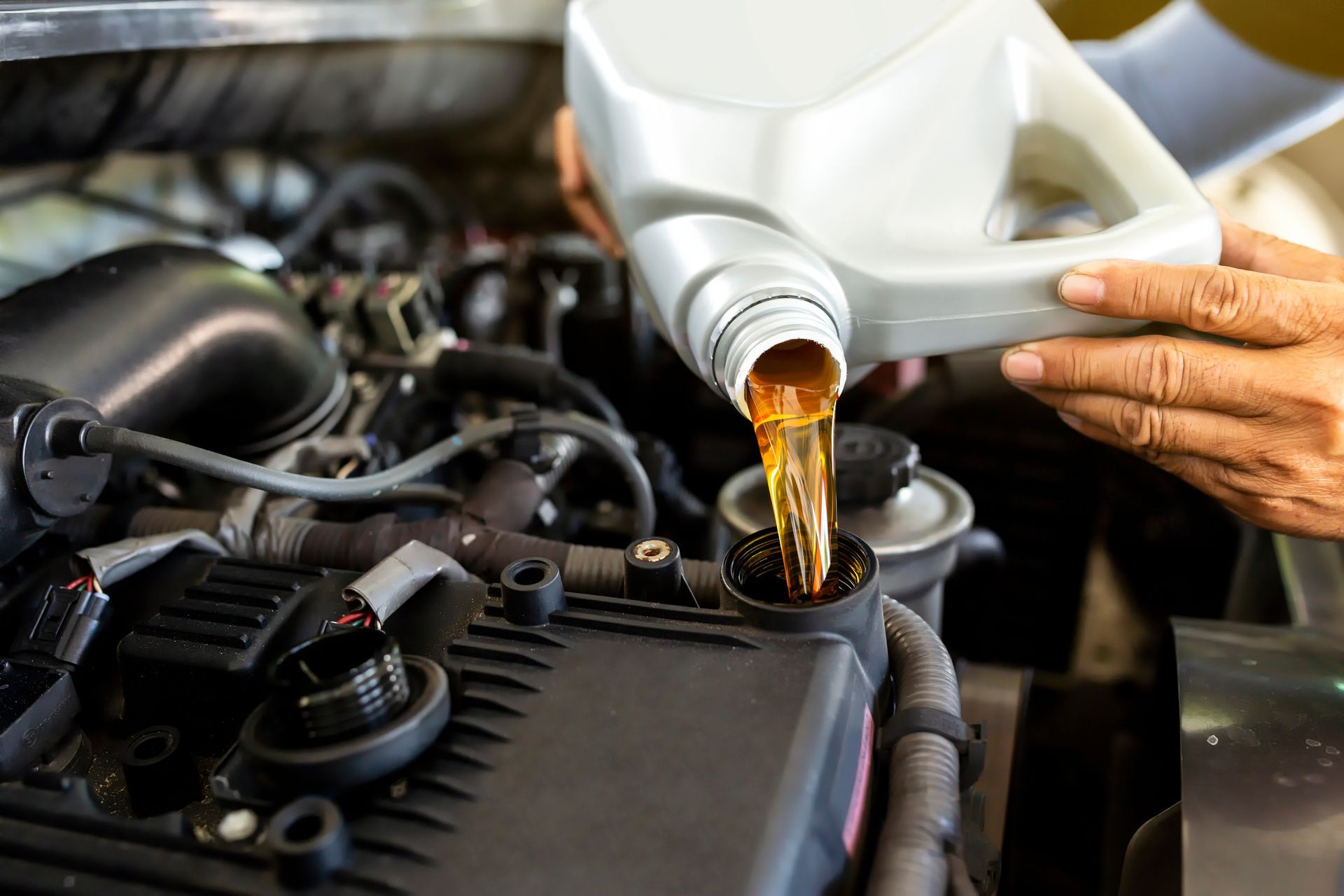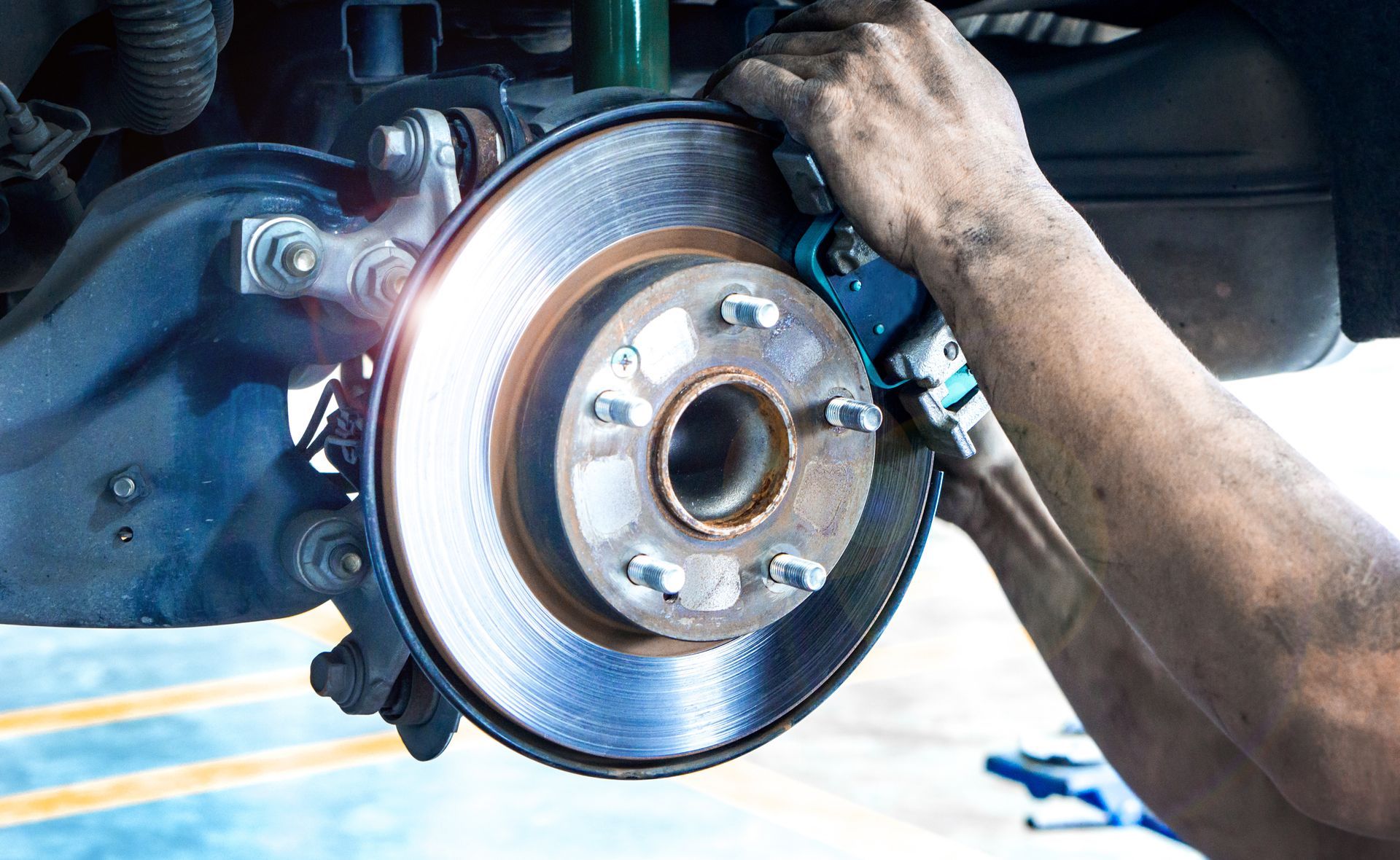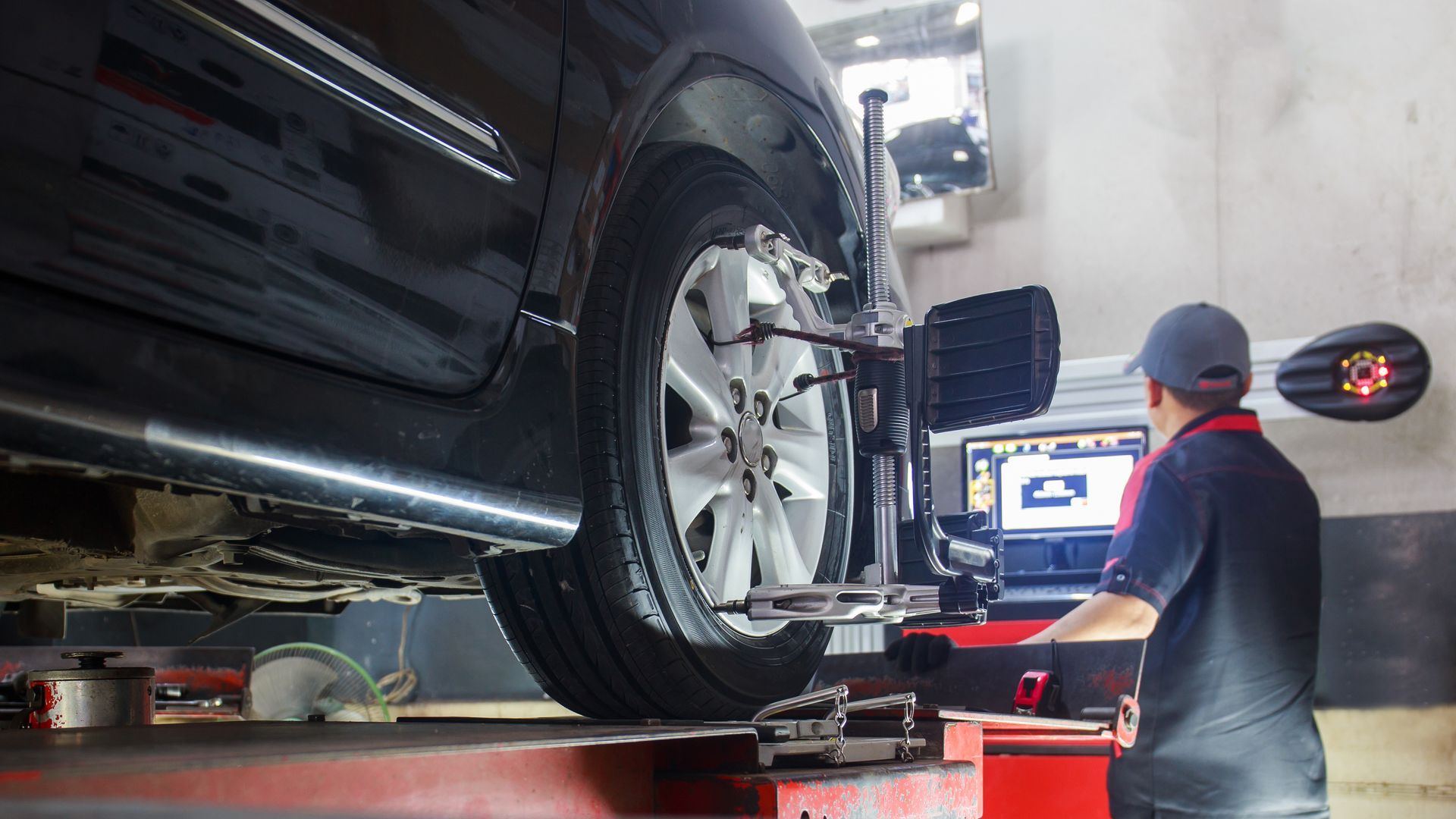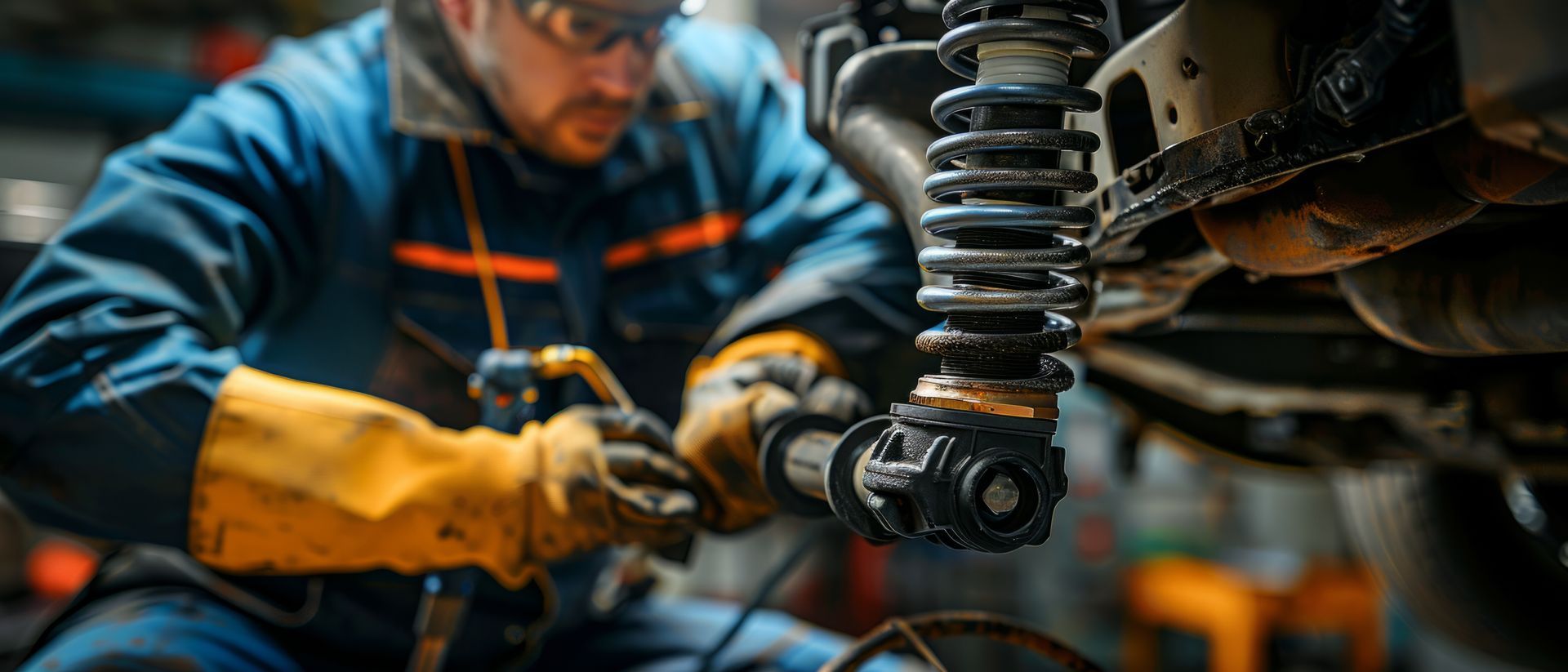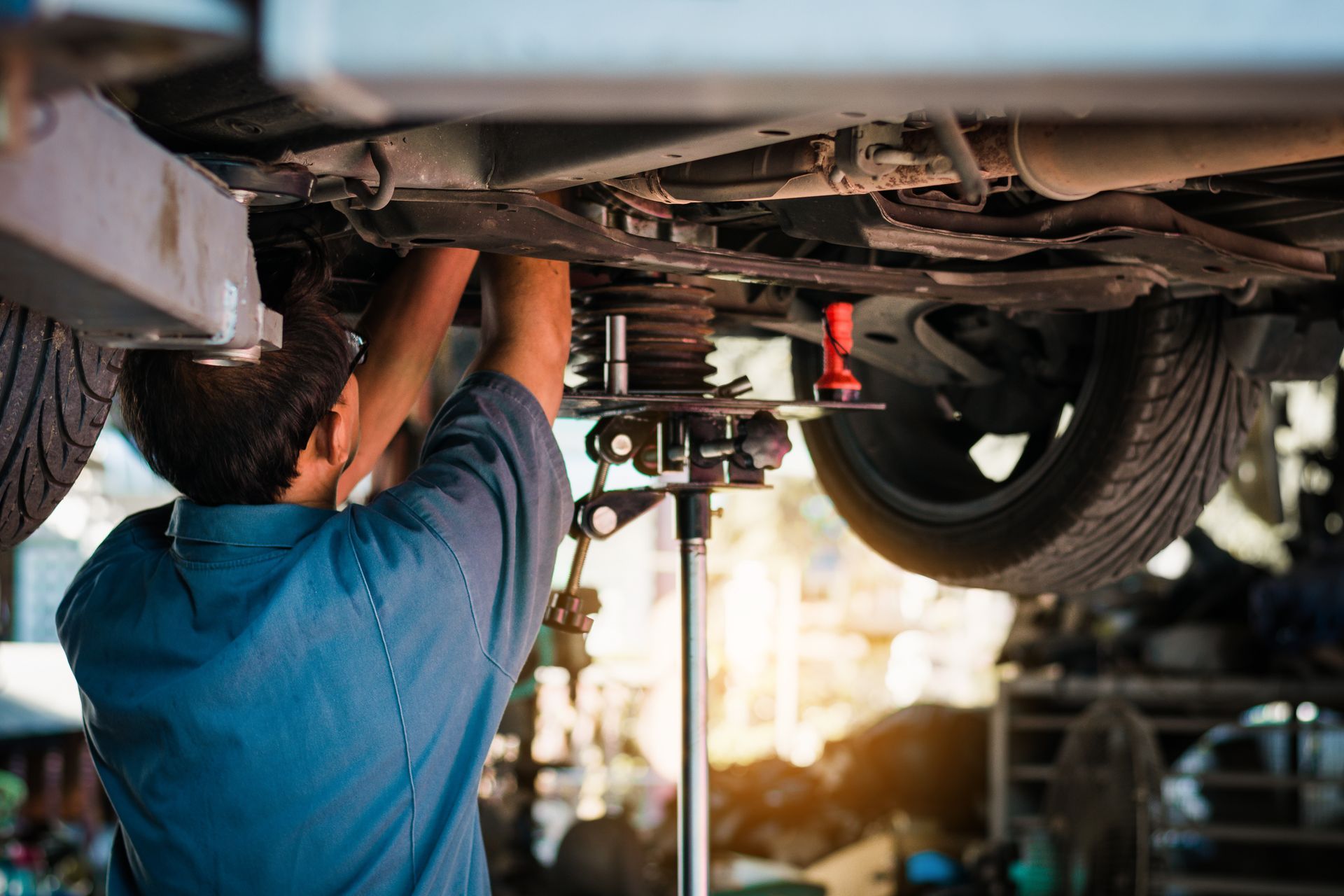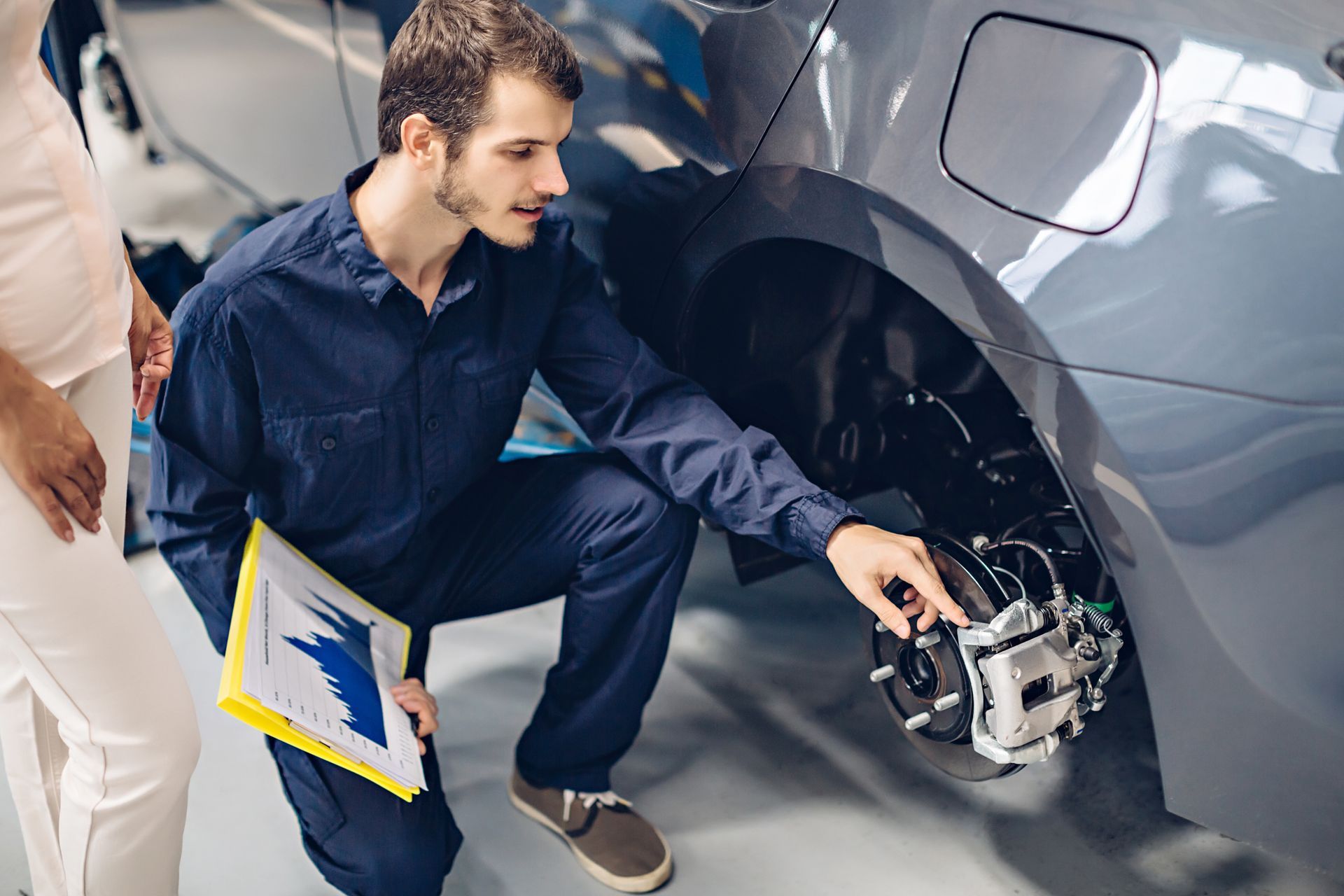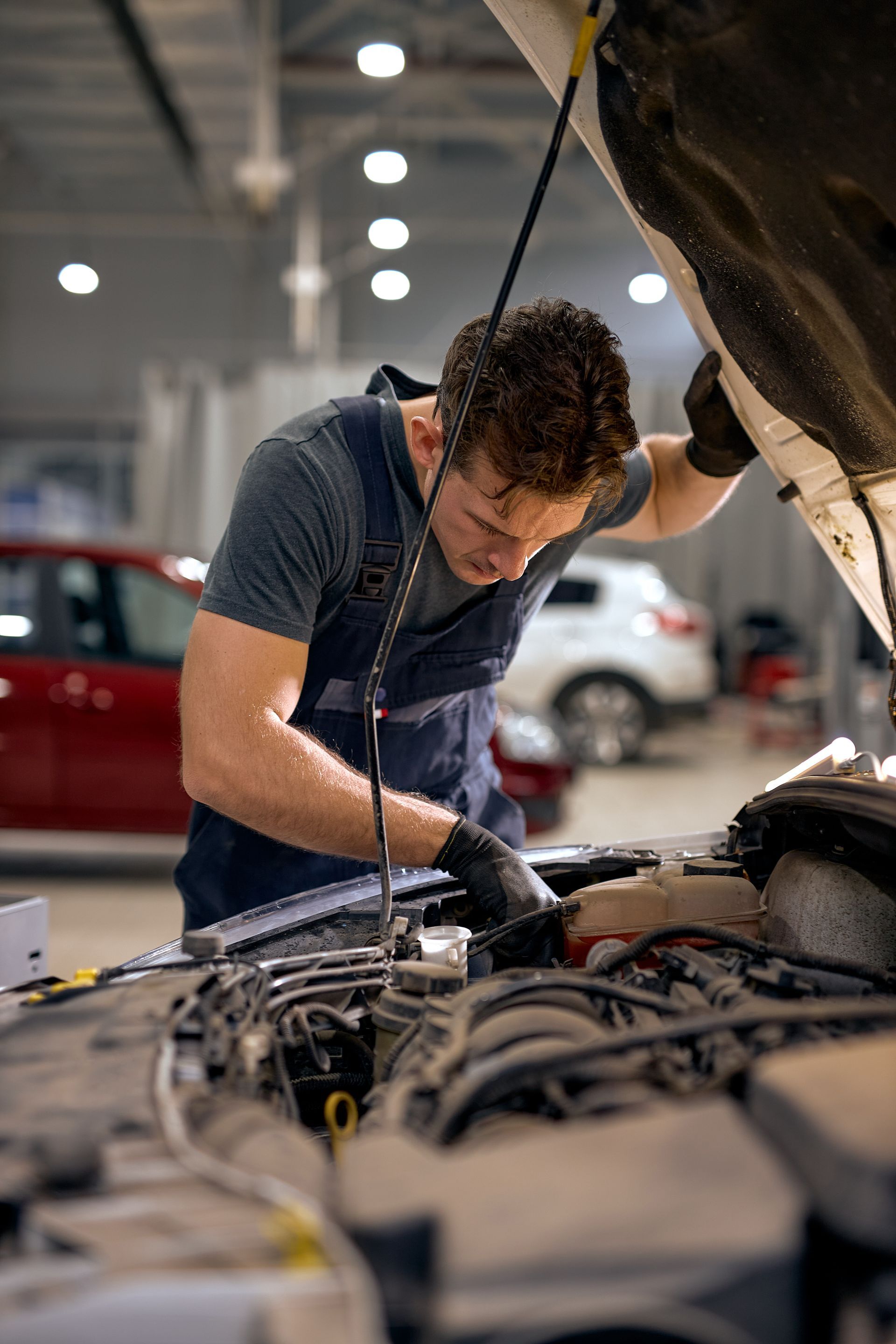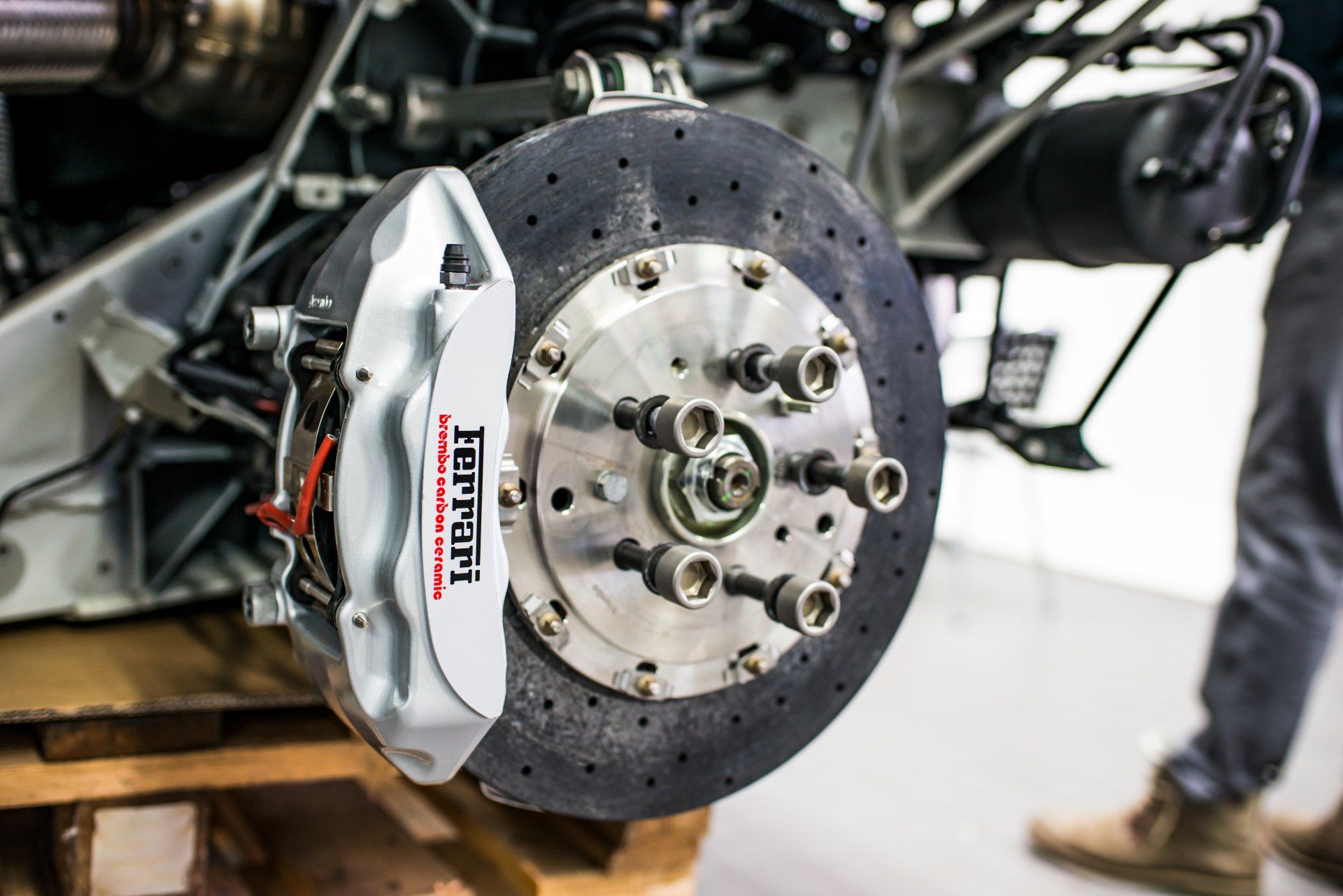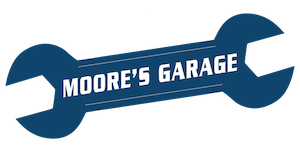How to Prevent Radiator Problems with Regular Maintenance
The radiator may not be the most glamorous part of your vehicle, but it plays a critical role in keeping your engine from overheating. Without a properly functioning radiator, your engine could face serious—and expensive—damage. At Moore’s Garage in Orangevale, CA, we help local drivers stay ahead of costly repairs with practical advice and expert maintenance services, including complete cooling system care.
In this post, we’ll explore how the radiator works, what causes it to fail, and how regular maintenance can help prevent problems before they start.
Why Your Radiator Matters
Your engine creates a significant amount of heat while it’s running. The radiator’s job is to cool the engine by circulating coolant through the engine block, then dissipating that heat through the radiator fins. This process prevents overheating, maintains optimal engine temperature, and keeps performance stable in all weather conditions.
When the radiator or any part of the cooling system fails, heat can build up quickly, resulting in blown head gaskets, warped cylinders, or even complete engine failure. That’s why regular radiator maintenance is essential to preserving your engine’s health and your vehicle’s reliability.
Common Radiator Problems—and What Causes Them
Many radiator issues develop gradually, often without noticeable symptoms until it’s too late. Understanding the most common problems can help you spot red flags early.
1. Coolant Leaks
Leaks are one of the most frequent radiator issues. Whether caused by corrosion, cracked hoses, or a failing radiator cap, coolant loss reduces your system’s ability to manage heat.
2. Clogged Radiator Core
Over time, debris, rust, and sediment can build up inside the radiator, obstructing coolant flow and reducing heat transfer efficiency.
3. Faulty Thermostat
If your thermostat sticks closed, coolant won’t circulate properly, leading to overheating. If it’s stuck open, your engine may never reach the correct operating temperature.
4. Broken Cooling Fan
The electric fan helps draw air through the radiator when your car isn’t moving. If it fails, especially in stop-and-go traffic, your engine may overheat quickly.
5. Cracked Radiator or Radiator Cap
Plastic components can become brittle with age. A cracked radiator or malfunctioning cap can cause pressure imbalances and coolant loss.
At Moore’s Garage, we’ve seen these issues time and time again with vehicles that haven’t received consistent cooling system maintenance. Luckily, most problems can be avoided with routine service.
Preventative Maintenance Tips to Avoid Radiator Issues
1. Regular Coolant Flushes
Old coolant breaks down over time, losing its protective properties. It can also become contaminated with rust or debris. Flushing the system removes buildup and restores clean coolant, helping prevent corrosion and clogs.
Our recommendation: Flush the coolant system every 30,000 to 60,000 miles, or as advised by your vehicle manufacturer.
2. Inspect Hoses and Belts
Radiator hoses are responsible for transporting coolant between components. They should be flexible, crack-free, and securely clamped. Likewise, check for signs of wear or looseness in serpentine belts that power the water pump.
Our recommendation: Check hoses and belts at every oil change, or have us inspect them during scheduled maintenance at Moore’s Garage.
3. Monitor Coolant Levels
Low coolant is a red flag. It could mean you have a leak, or the coolant is evaporating due to overheating. Keep an eye on your reservoir levels and look for green, orange, or pink puddles under your vehicle.
Our recommendation: Check coolant levels monthly, especially before long trips or in extreme heat.
4. Watch Your Temperature Gauge
Your dashboard gauge is a helpful indicator of coolant system health. If the needle starts to climb above normal, pull over safely and let the engine cool down.
Our recommendation: Don’t ignore minor spikes—they’re often the first sign of a problem that needs attention.
5. Replace the Thermostat and Radiator Cap When Necessary
These inexpensive components play a vital role in system pressure and coolant flow. Replacing them as they age can prevent more serious issues.
Our recommendation: Replace your radiator cap every 50,000 miles and the thermostat around 100,000 miles, or sooner if issues arise.
6. Get Your Cooling System Inspected Annually
Preventative inspections catch minor problems before they become major repairs. At Moore’s Garage in Orangevale, we inspect the radiator, water pump, fan, thermostat, and hoses for wear, leaks, or signs of overheating.
Our recommendation: Make cooling system checks a regular part of your yearly maintenance routine.
How Moore’s Garage Helps Orangevale Drivers Stay Ahead of Cooling System Problems
At Moore’s Garage, we’ve helped countless drivers in Orangevale avoid breakdowns and extend the life of their vehicles by staying on top of radiator and cooling system care. Our team uses high-quality coolant, pressure testing tools, and expert diagnostics to keep your system functioning as it should—season after season.
Whether you’re coming in for a full flush, a coolant top-off, or just want peace of mind before summer travel, we’ll ensure your radiator is working hard behind the scenes to protect your engine.
Final Thoughts: Don’t Wait for Overheating to Strike
Radiator issues don’t usually come with a warning—until your engine overheats and the damage is already done. With regular maintenance and inspections from Moore’s Garage in Orangevale, CA, you can keep your engine cool, your performance strong, and your repair bills low.
Preventative care is always the better (and more affordable) option. Trust your radiator to the local team that knows how to keep Orangevale drivers on the road and out of the repair bay.
